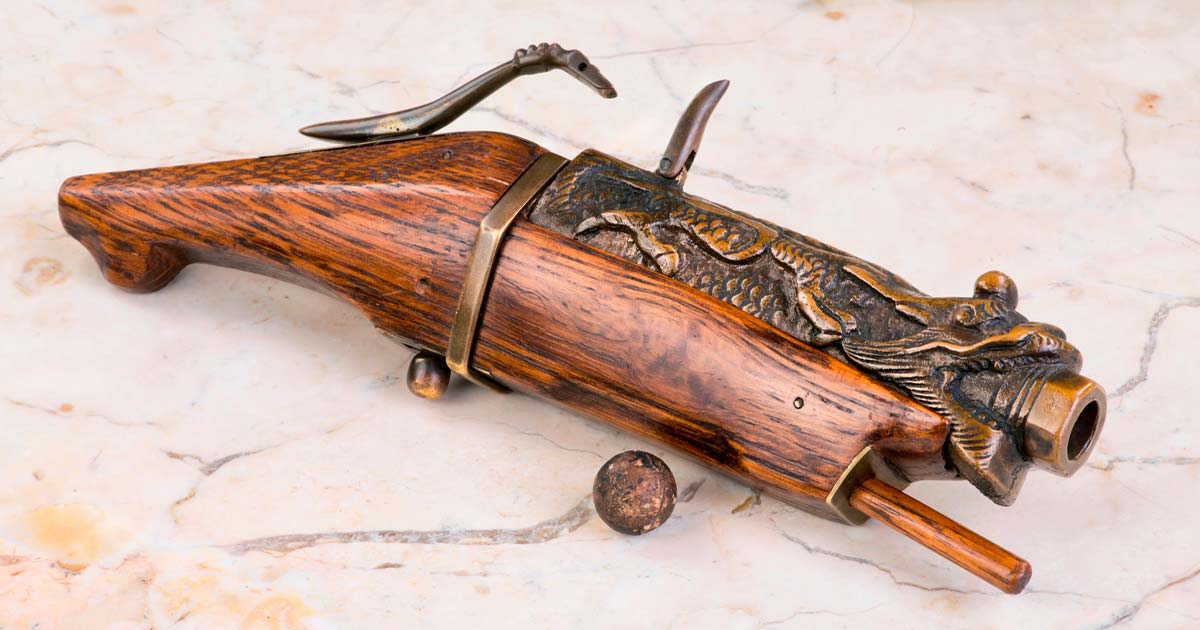From Matchlocks to Bolt-Actions: The Evolution of Firearms (Video)
The evolution of firearms technology from the 16th century to World War II witnessed significant advancements in design, efficiency, and firepower. One of the earliest firearms, the 16th-century arquebus, represented a crucial turning point by replacing cumbersome matchlock mechanisms with the more reliable wheel lock or flintlock systems. This transition allowed for easier ignition and increased accuracy, marking the beginning of firearm evolution. By the 18th century, the Brown Bess musket emerged as a widely used firearm. This smoothbore musket featured a flintlock mechanism, longer barrel, and standardized design, improving accuracy and reliability on the battlefield. Its adoption by British and colonial forces played a pivotal role in various conflicts, including the American Revolutionary War.
Moving into the 19th century, the Industrial Revolution spurred further advancements in the technology. The advent of rifling, the spiral grooves inside the barrel, greatly enhanced accuracy and range. At the turn of the 20th century, the Lee-Enfield bolt-action rifle revolutionized military firearms. The Lee-Enfield, used extensively in World War I, combined a fast and reliable bolt action with a ten-round magazine, enabling rapid fire and efficient reloading. Its robustness, accuracy, and versatility made it a favorite among soldiers.
Top image: Antique Chinese matchlock gun. Source: W.Scott McGill / Adobe Stock.

















